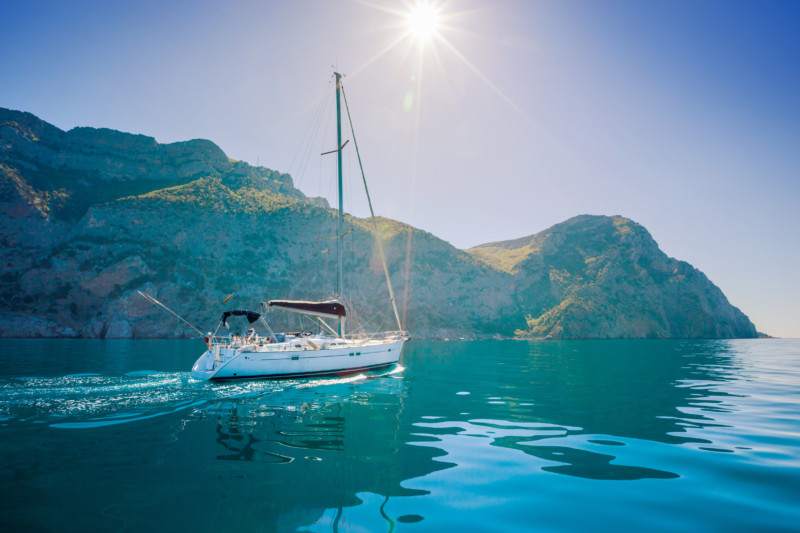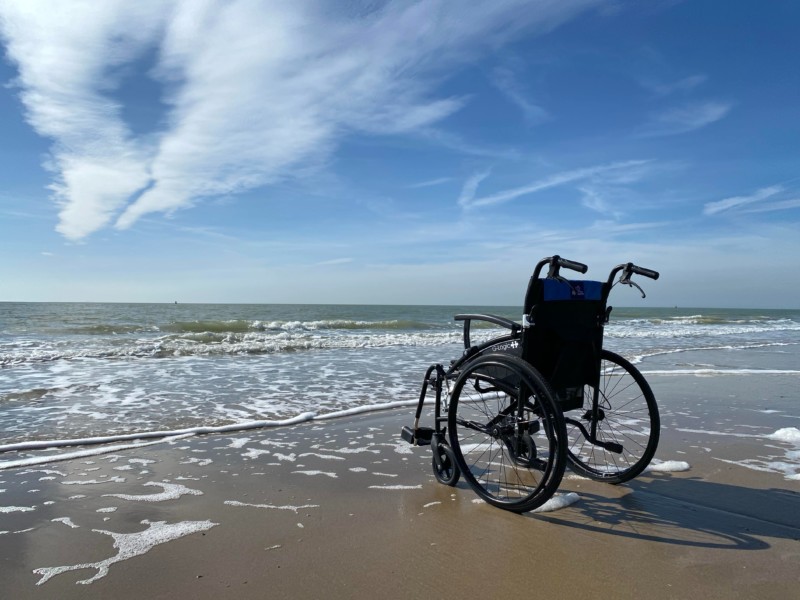When it comes to renting a boat and going on a sailing holiday, night sailing attracts many sailors. Indeed, there is nothing more mysterious than hearing one’s ship sailing in total darkness. Offshore racing skippers are usually spend nights at sea to win their regattas. However, in the case of pleasure sailing you will also have to sleep on a boat. If you have to reach a specific destination by a certain date, this can be a good solution to enjoy your daytime stopovers.
But be careful, sailing at night requires a certain amount of preparation. Indeed, it can be more complex because of the lack of visibility, which hinders the perception of obstacles and the evaluation of distances.
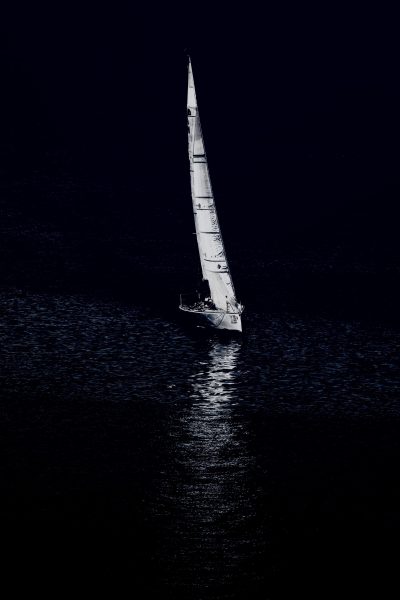
Preparing for night sailing
As with any departure, it is essential to prepare for the trip by looking at the weather and the itinerary ahead. Take the time to take a look at your boat, check the weather forecast and note the tide times. It is essential to think about your sailing itinerary before the start. Even if you are using a GPS, it is useful to identify the various danger zones on your route and the lights assigned to them.
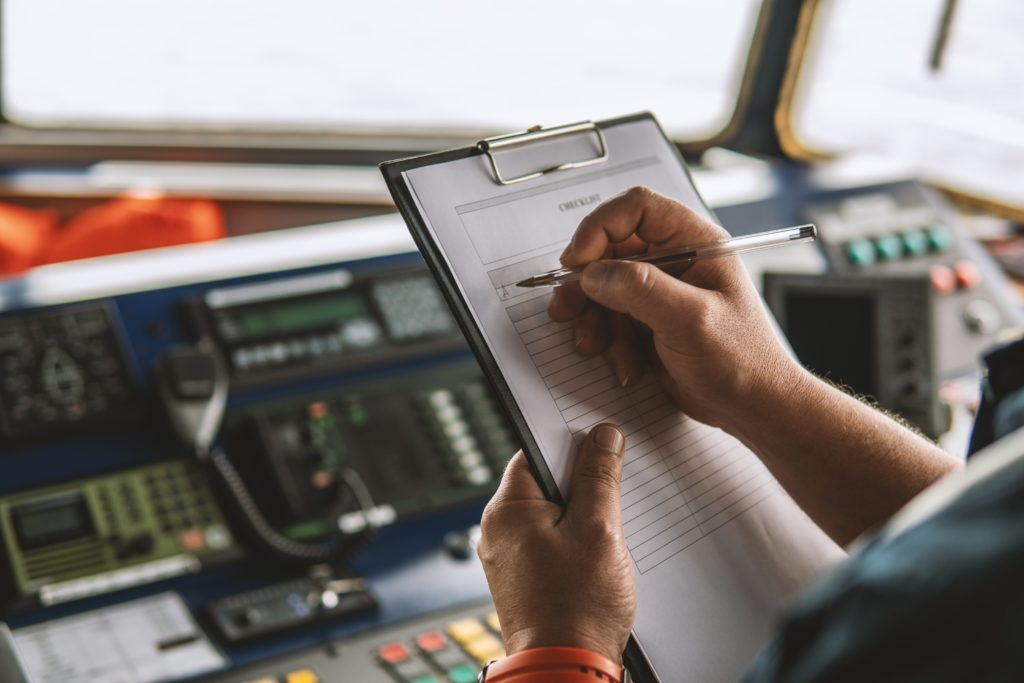
Night navigation requires more preparation of the boat in order to simplify manoeuvring in the dark. You must prepare the boat for night sailing. You have to clear the deck of all unnecessary ropes and prepare the sail for any possible manoeuvres. If you wish to sleep on a sailboat, remember to adapt the sail area, it is not recommended to sail under a spinnaker at night when cruising.
Before using your boat at night, you should check that your traffic lights are in perfect working condition, it will allow other boats to spot you at night. In addition to your boat’s lighting, you must provide a flashlight and headlamps for your crew members.
The sailor in the dark
Sailing at night is a very intense experience for any sailor, as he has to be especially careful. All the senses are awake and decision making is less obvious than during the day.
On the one hand, visibility is significantly lower when sailing at night. Even if the sailor’s eye gets used to the dark, the adaptation time is about 20 minutes. Any change in light if you return to the cabin regularly, for example, will hinder the adaptation process. It is therefore advisable to reduce the number of trips back and forth in the boat as much as possible.

As far as the equipment is concerned, always bring warm clothing, as the nights can be very cold. For your comfort and consistency, it is essential to maintain good body heat. Sleeping at sea for the first time is an intense experience that must be carried out in the best comfort.
It is also important to respect sleeping times, as staying awake at all times can be more dangerous. Usually the most difficult period of sailing is between 2 and 5 am. One of the best tips for staying awake is to take small portions of food with you and to keep yourself hydrated constantly.
The organization of the night crew
When sailing at night, crew members take turns at the helm to alternate between rest and navigation. You must define roles between the different crew members, for the sailing shifts and the tasks of each one.
Shift refers to a period of time during which a crew member is on duty or at rest. It is a particular rhythm that all crew members must adapt. You must define the duration of the shift in advance for each crew member. The shift may be carried out alone or with other crew members by using bearing systems. When working a shift alone, the maximum length is 3 hours at night.
Safety
At night, on a boat all the manoeuvres become more complex and the sailor will be more quickly destabilized. If the skipper has to go out on the deck of the boat, it is essential that he secures himself to prevent any risk of man overboard. In addition to his compulsory lifejacket, the skipper must always be equipped with a harness.
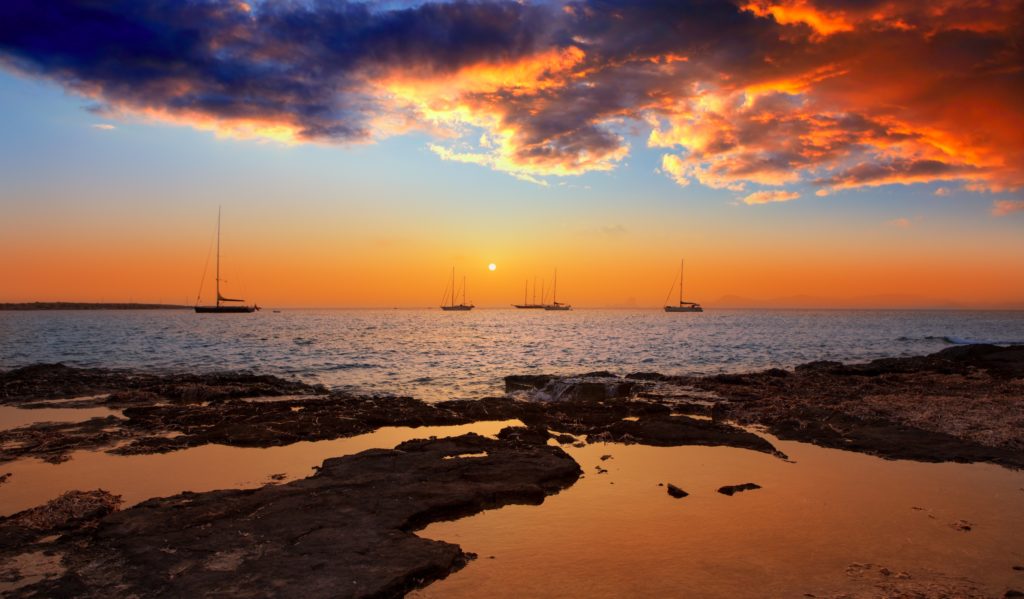
A major risk when spending the night at sea is that a member of the crew may fall into the water. Therefore it’s essential to respect the basic rule that every crew member who is not in the cabin must wear a lifejacket. Also, to have a watertight torch attached to the jacket so if he falls into the water can be spotted . If you don’t respect this procedure, it’s very difficult to find a man in the water, the chances are less than 1%.
Another risk of night navigation is not to see an obstacle blocking the boat’s path. To do this, you must know the meaning of the danger lights but also the meaning of the lights of other boats to avoid any crash. Knowing the lights and markings is essential because at night at sea they are the only markings.
In summary
Making a night stopover on a boat is a unique experience that is achievable as long as you take all precautions before and during sailing. The crew will organize themselves to perform night shifts. Firstly, you will plan your itinerary according to the danger zones. Then, during your navigation you will have to trust your GPS map as well as the lights that will appear in front of you.
With all of these information, organizing a perfect sailing trip won’t be difficult for you!

